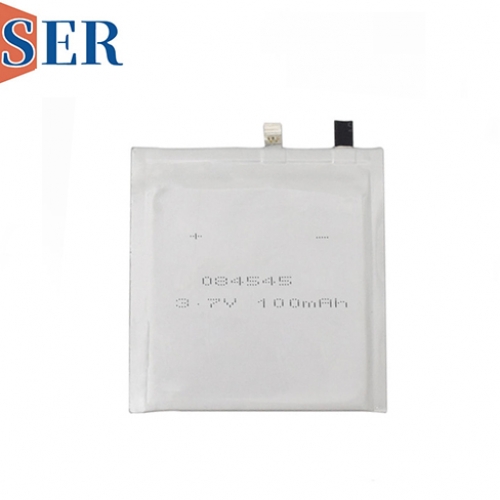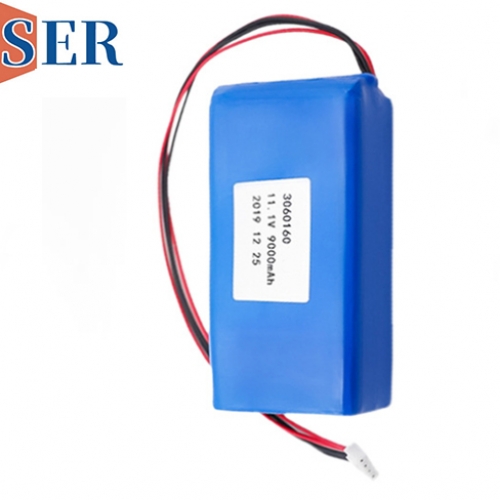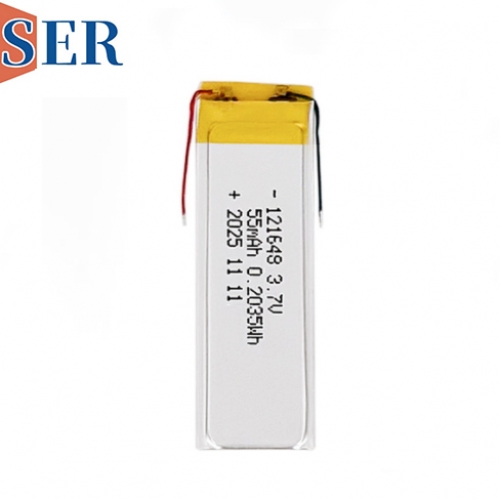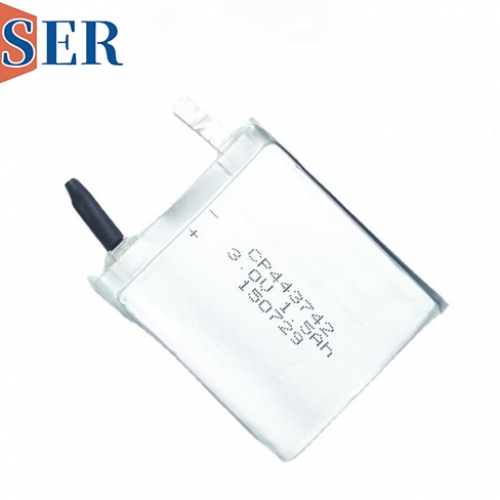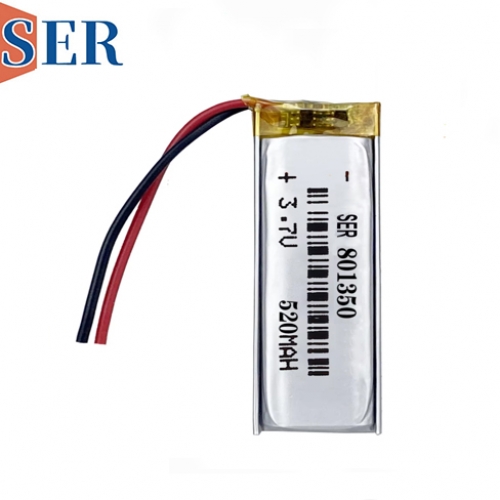Smallest LiPo battery (401220, 3.7V 70mAh) with IEC62133, CB, CE, RoHS, MSDS, and UN38.3 certifications.
smallest LiPo battery (401220, 3.7V 70mAh) with IEC62133, CB, CE, RoHS, MSDS, and UN38.3 certifications
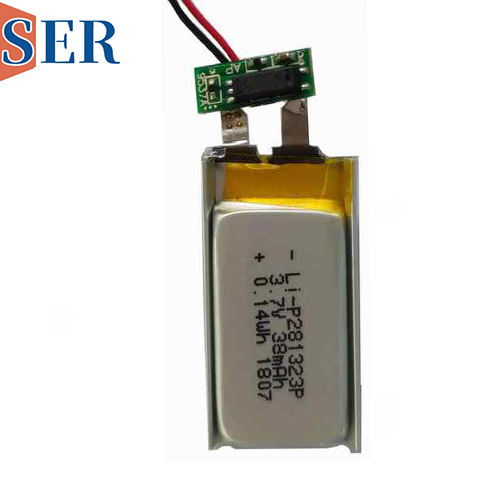
1. Introduction: The Rise of Miniaturized Power Solutions
The demand for smaller, lighter, and more efficient batteries has surged alongside the proliferation of wearables, IoT devices, medical implants, and portable electronics. Among these, lithium polymer (LiPo) batteries stand out for their high energy density, flexible form factors, and low self-discharge rates.
This article focuses on the 401220 LiPo battery—one of the smallest commercially available models—with a capacity of 70mAh at 3.7V. We will explore its technical specifications, safety certifications (IEC62133, CB, CE, RoHS, MSDS, UN38.3), applications, and market relevance in 2024.
2. Understanding the 401220 LiPo Battery
2.1 Nomenclature & Dimensions
The "401220" code refers to the battery’s physical dimensions:
4.0mm (thickness) × 12mm (width) × 20mm (length)
This ultra-compact size makes it ideal for space-constrained designs where traditional cylindrical batteries (e.g., 18650) are impractical.
2.2 Key Specifications
Nominal Voltage | 3.7V |
Capacity | 70mAh (typical) |
Energy Density | ~300Wh/L (estimated) |
Charge Method | CC/CV (Constant Current/Voltage) |
Max Charge Current | 0.2C (14mA) |
Discharge Cutoff | 3.0V |
Cycle Life | 300–500 cycles (80% capacity) |
Operating Temp | -20°C to +60°C |
Weight | ~1.5g |
2.3 Why Choose LiPo Over Other Chemistries?
Flexibility: Can be molded into irregular shapes.
High Discharge Rates: Suitable for pulse-heavy applications (e.g., Bluetooth earbuds).
Low Profile: Thinner than Li-ion cylindrical cells.
No Memory Effect: Unlike NiMH batteries, LiPo cells retain full capacity regardless of charging habits.
3. Safety Certifications: Why They Matter
Lithium batteries are classified as Class 9 hazardous materials due to their flammability and chemical instability if mishandled. The 401220 LiPo battery complies with six critical global standards, ensuring safety and market access:
3.1 IEC 62133-2:2017 – International Safety Standard for Portable Batteries
Scope: Tests for mechanical abuse (crush, impact), electrical abuse (overcharge, short circuit), and thermal abuse (high-temperature storage).
Relevance: Mandatory for CE marking (EU) and global market entry.
Test Highlights:
External Short Circuit: Battery must not explode or catch fire when shorted at 60°C.
Forced Discharge: Must withstand discharge at 3× rated current for 2 hours.
3.2 CB Scheme – IECEE Certification Body
Scope: A multilateral agreement among 54 countries (including EU, China, India, USA) for mutual recognition of product safety tests.
Benefit: Reduces redundant testing, speeding up global compliance.
3.3 CE Marking – EU Conformity
Scope: Declares compliance with EU health, safety, and environmental laws (e.g., Low Voltage Directive, EMC Directive).
Key Requirement: Must include IEC 62133 test reports for batteries.
3.4 RoHS (Restriction of Hazardous Substances)
Scope: Limits lead, mercury, cadmium, hexavalent chromium, PBB, and PBDE to <0.1% by weight.
Impact: Ensures recyclability and reduces e-waste toxicity.
3.5 MSDS (Material Safety Data Sheet)
Scope: Provides chemical composition, handling precautions, and emergency response procedures.
Use Case: Required by logistics companies (DHL, FedEx) for air/sea freight of lithium batteries.
3.6 UN38.3 – Transport of Dangerous Goods
Scope: Mandatory for air/sea shipment of lithium batteries.
Tests Include:
T1–T8: Vibration, shock, thermal test, altitude simulation, etc.
Pass Criteria: No leakage, venting, disassembly, or fire.
4. Applications of the 401220 LiPo Battery
4.1 Wearable Devices
Smart Watches/Fitness Trackers: Powers sensors (heart rate, GPS) for 5–7 days on a single charge.
True Wireless Stereo (TWS) Earbuds: Provides 3–4 hours of playback per charge.
4.2 Medical & Healthcare
Hearing Aids: Compact size fits behind-the-ear (BTE) or in-the-canal (ITC) designs.
Glucose Monitors: Enables continuous blood sugar tracking without frequent recharging.
4.3 IoT & Smart Home
Bluetooth Beacons: Powers asset tracking tags for 2+ years (with low-power modes).
Smart Locks: Supports e-key functionality for 6–12 months on a single charge.
4.4 Consumer Electronics
Mini Drones: Provides 5–8 minutes of flight time in palm-sized UAVs.
RFID Tags: Enables long-range RFID readers in logistics and retail.
5. Market Trends & Industry Insights
5.1 Growth Drivers
Miniaturization Demand: The global wearable device market is projected to reach $156B by 2027 (CAGR 9.4%), driving ultra-compact battery adoption.
5G & IoT Proliferation: Expected to add 25 billion connected devices by 2030, requiring small, high-efficiency batteries.
5.2 Challenges
Thermal Management: Smaller batteries are more prone to overheating under high loads.
Cost vs. Capacity: The 401220 LiPo costs ~1.8 per unit (at 100K volumes), making it 2–3× more expensive than larger cells on a per-mAh basis.
5.3 Competitor Analysis
401220 LiPo | 70 | 4.0×12×20 | $1.50 | IEC62133, CB, CE |
301016 LiPo | 35 | 3.0×10×16 | $0.90 | RoHS, UN38.3 |
502030 LiPo | 150 | 5.0×20×30 | $2.20 | All of the above |
Key Takeaway: The 401220 strikes a balance between size and capacity, making it ideal for mid-tier power needs where space is critical.
6. Future Developments in Ultra-Compact Batteries
6.1 Solid-State LiPo Technology
Advantage: Eliminates liquid electrolyte, reducing leakage and explosion risks.
Timeline: Expected in consumer devices by 2026, with 2–3× higher energy density.
6.2 Silicon Anodes
Benefit: Increases capacity by 40% compared to graphite anodes.
Challenge: Silicon swells during charging, requiring nano-structuring to maintain stability.
6.3 Wireless Charging Integration
Trend: Coil-less charging via RF harvesting (e.g., Powercast’s P2110 chip).
Impact: Enables fully sealed devices (e.g., medical implants) with no charging ports.
7. Conclusion: The 401220 LiPo Battery as a Game-Changer
The 401220 3.7V 70mAh LiPo battery represents a pinnacle of miniaturization in portable power, combining compact size, decent capacity, and rigorous safety certifications. Its adoption across wearables, medical devices, and IoT underscores its versatility and reliability in an era where every millimeter counts.
As solid-state and silicon anode technologies mature, future iterations of this battery will likely offer even higher energy densities and safer operation, solidifying its role as a cornerstone of next-gen electronics.

